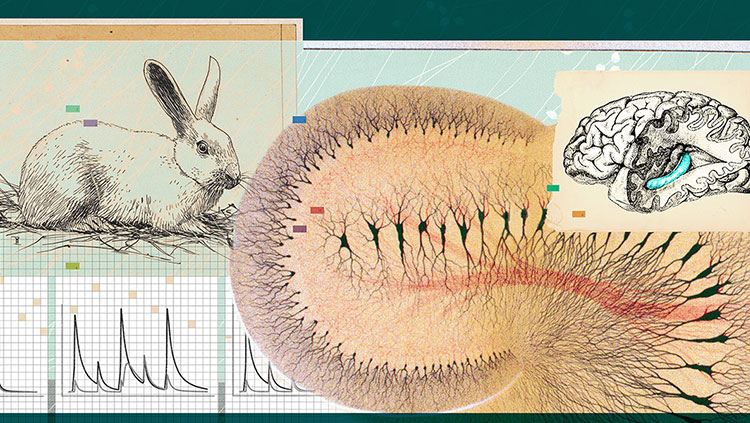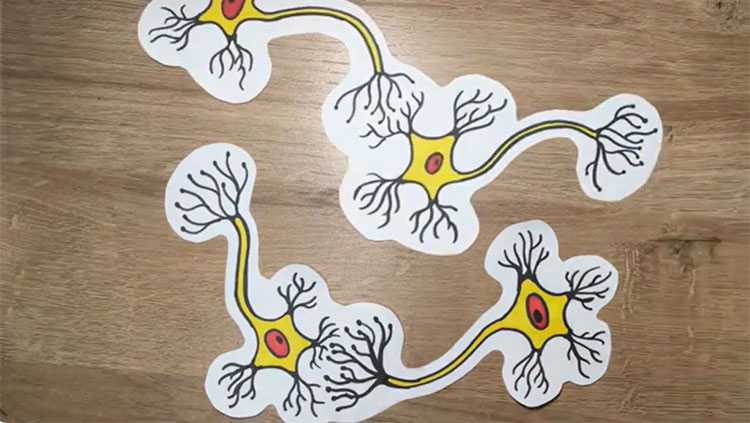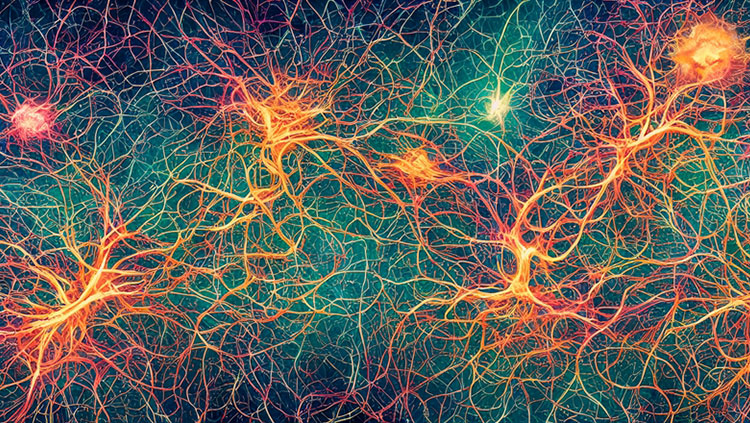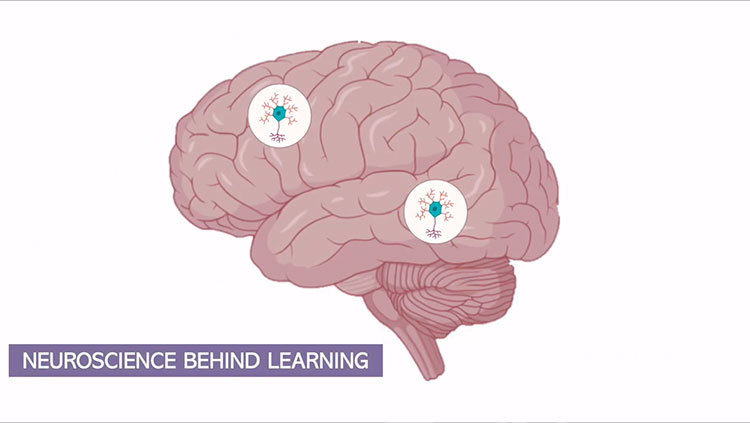
Your memories do a lot. They store information, like the definition of a newly-learned word, that can be retrieved later. They let you relive your favorite birthday party. They enable you to perform complex movements like riding a bike without giving it much thought.
Our understanding of memory is far from complete, but scientists have learned a lot about the neurobiology, architecture, and limits of the different types of memory.
The medial temporal lobe, located just behind your ear, houses the brain’s memory centers: the hippocampus and parahippocampal regions. These regions work with other parts of the cerebral cortex to form, organize, consolidate, and retrieve memories. The four major lobes of the cerebral cortex — frontal, parietal, temporal, and occipital — process sensory information such as smell, taste, sight, and sound. Associative regions in the cortex integrate these sensory inputs, enabling us to understand our environment and encode memories.
Long-term memories, which can last a lifetime, can be divided into two main types: declarative and non-declarative, or implicit.

Declarative Memory
Declarative memory is memory for facts, data, and events. Such conscious or explicit memories are called declarative memories because you can consciously recall and describe the information. Declarative memories can be semantic or episodic. Semantic memories consist of the cultural knowledge, ideas, and concepts you’ve accumulated about the world — for example, names of state capitals, word definitions, how to add and subtract, or dates of historical events and their meaning. This type of memory involves cortical regions well beyond the hippocampus. Episodic memories are unique representations of your personal experiences. For example, mentally recalling the sights, sounds, time, space, and emotions associated with an experience involves episodic memory.
An area of the brain called the amygdala attaches emotional significance to memories of events and experiences. Consisting of two almond-shaped regions (amygdala comes from the Greek word for almond), the amygdala modulates “fight-or-flight” responses linked to survival. The parahippocampal region also aids the hippocampus in encoding the “what” of episodic memories, rather than the “where” or “when.”
Spatial memory is another facet of declarative memory. Discrete areas of the brain, and even individual neurons, process specific types of spatial and navigational information. For example, so-called “place cells” in the hippocampus light up as you move through a familiar house or room, or as a rat navigates a known maze. Some neurons fire in specific sequences when mice make right or left turns. These patterns become increasingly distinct as the animals learn the maze. Studies have even shown that learning complex navigational routes changes the hippocampus.
An area of the brain adjacent to the hippocampus called the entorhinal cortex contains “grid cells.” These cells don’t represent particular locations but help you track your position in space when you don’t have landmarks or external cues.
Non-Declarative Memory
Non-declarative memory — also known as implicit or procedural memory — is stored and retrieved without conscious effort. You use this type of memory when you perform learned motor skills like speaking or riding a bike.
Different types of memories are encoded in separate, but interacting, regions of the brain. Motor skill learning, for example, involves many areas of the brain, but three are especially important: the basal ganglia — the “habit center” of the brain — the prefrontal cortex, and the cerebellum, an area at the back of the brain involved in motor control and coordination.
Working Memory
Working memory is a form of short-term memory that lets you hold a piece of information, like a phone number, in mind for a short period of time. While the brain seems to possess unlimited capacity for long-term memories, short-term memories are limited to relatively small amounts of data for a limited amount of time. These data are accessible while they’re being processed and manipulated but, unless transferred to long-term memory, they decay after only a few seconds and can no longer be retrieved.
Some aspects of working memory are coordinated by the prefrontal cortex, the “brain’s executive,” which also controls attention, decision-making, and long-term planning. Specific areas of the prefrontal cortex monitor information from long-term memory as well as coordinating working memory from multiple brain regions. Studies using brain imaging show the prefrontal cortex is active when people concentrate on keeping something like a phone number in mind. Research in animals indicates neurons in the prefrontal cortex fire in spurts to keep information active or “online” in working memory.
This article was adapted from the 8th edition of Brain Facts by Deborah Halber.
CONTENT PROVIDED BY
BrainFacts/SfN
What to Read Next
Also In Learning & Memory
Trending
Popular articles on BrainFacts.org



















